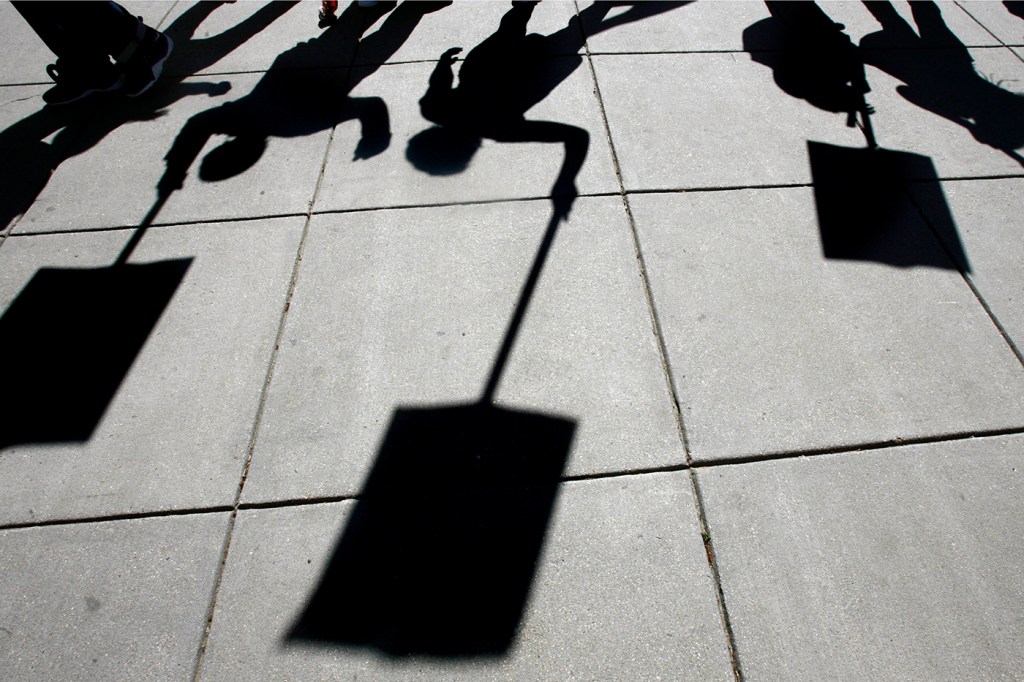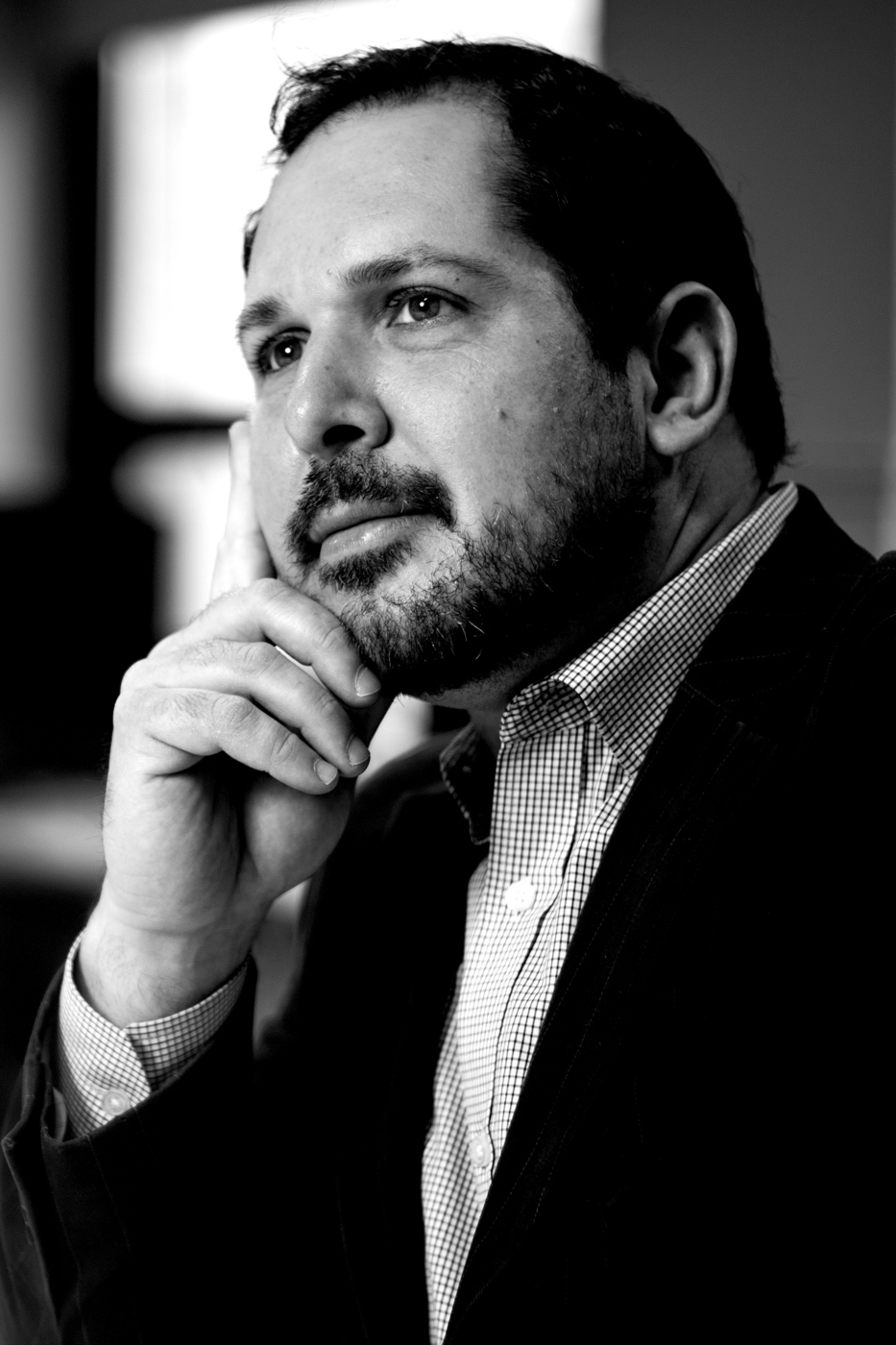Race, gender, shape high school students’ support for First Amendment protections

Against the backdrop of intense political polarization and vitriolic online debate—where shock value is often rewarded with clicks—new trends are emerging among high school students in the United States when they’re asked to consider whether the First Amendment goes too far in protecting all forms of speech, no matter how extreme.
Young people today are more divided in their support for the First Amendment than at any point in the past 15 years, according to a new study by researchers at Northeastern and the Knight Foundation.
Northeastern assistant professor John Wihbey and associate professor Brooke Foucault Welles analyzed 15 years’ worth of surveys of high school students conducted by the Knight Foundation to illuminate the broad trends among young people as they relate to the First Amendment.
The biggest among their findings? Boys and white students are less inclined than girls and students of color to agree with the statement: “The First Amendment goes too far in the rights it guarantees.”
“We’re seeing statistically significant divergence in the data, which tells us something structural is going on with the country,” Wihbey says.
The First Amendment goes too far in its rights and guarantees

John Wihbey assistant professor of journalism and media. Photo by Matthew Modoono/Northeastern University
The researchers—Wihbey studies the ways that news and social media intersect, and Welles studies the ways that online communication networks influence behavior—can only guess what that structural shift might be, because they worked with high-level statistical data and didn’t get to interview the students, Wihbey says.
But their guess is rooted in the way the First Amendment is increasingly invoked, especially online: as a defense for extreme speech and hate speech, Welles says.
“Freedom of speech is often invoked as a cover for online harassment,” she says, “and we know that women and people of color are more likely to be harassed online than white men. Because of that, women and people of color might be more conscious of the damage that can be done under the name of ‘freedom of speech.’”
Their analysis revealed a number of other trends, as well.
One thing that’s vexing a lot of school administrators, Wihbey says, is the extent to which they should be monitoring social media for posts by their students.
Wihbey and Welles found that on average, students mildly disagree that schools should be allowed to discipline students who post offensive content online, outside of school hours.
Students should be allowed to express their opinions about teachers and school administrators on Facebook or other social media without worrying about being punished by teachers or school administrators for what they say
Schools should be allowed to discipline students who post material on social media outside of the school that officials say is offensive
The researchers also found that the trends along race and gender were flipped when it came to a question about whether people should be allowed to burn or deface the American flag as a political statement.
People should be allowed to burn or deface the American flag as a political statement
“Here we see that more marginalized people are more supportive of the right to

Brooke Foucault Welles assistant professor. Photo by Adam Glanzman/Northeastern University
protest,” Welles says. “Again, we can only speculate, but in this case it could be that flag-burning was the question that most closely approximated the ability to protest, and more marginalized groups are more keenly aware of the importance of protecting that.”
Taken as a whole, the findings highlight the importance of taking the political temperature of high school students in the U.S., Wihbey says.
“A lot of the ways in which the culture writ large figures out what it believes about religious freedom, or the line between church and state, or public protest, has been litigated in public schools,” Wihbey says. “Public schools in the U.S. are perhaps the most important site for constitutional interpretation.”
For media inquiries, please contact Shannon Nargi at s.nargi@northeastern.edu or 617-373-5718.





